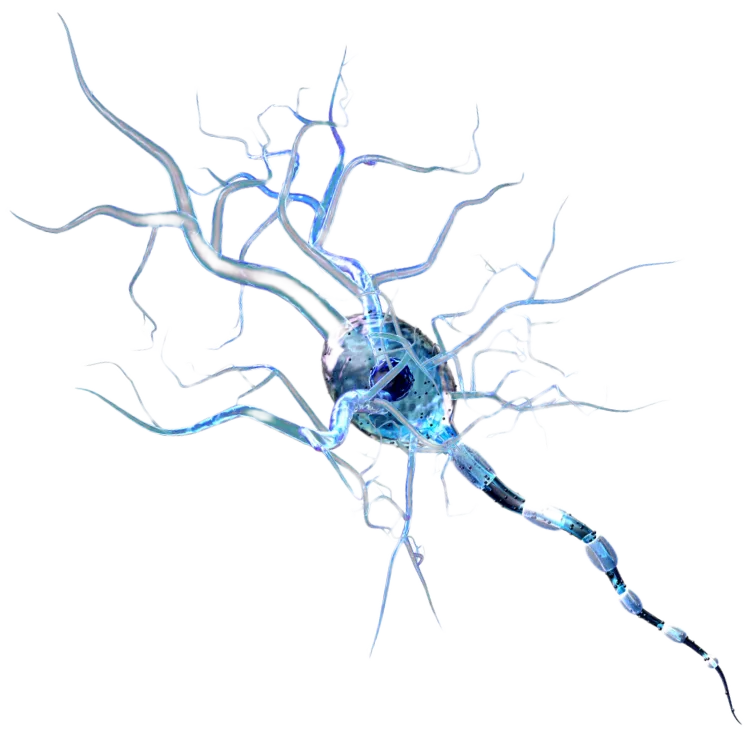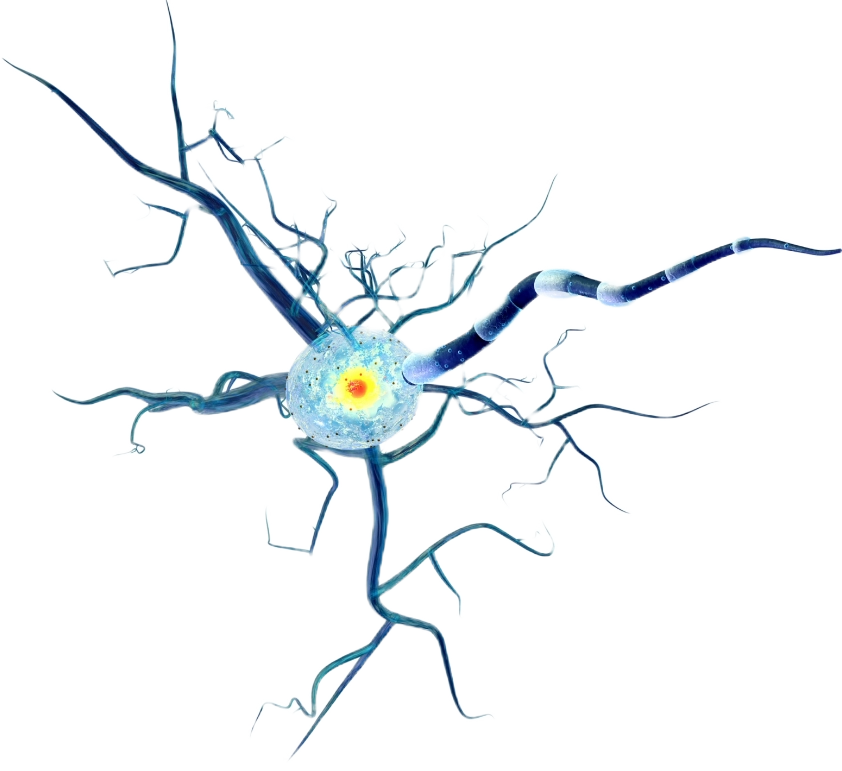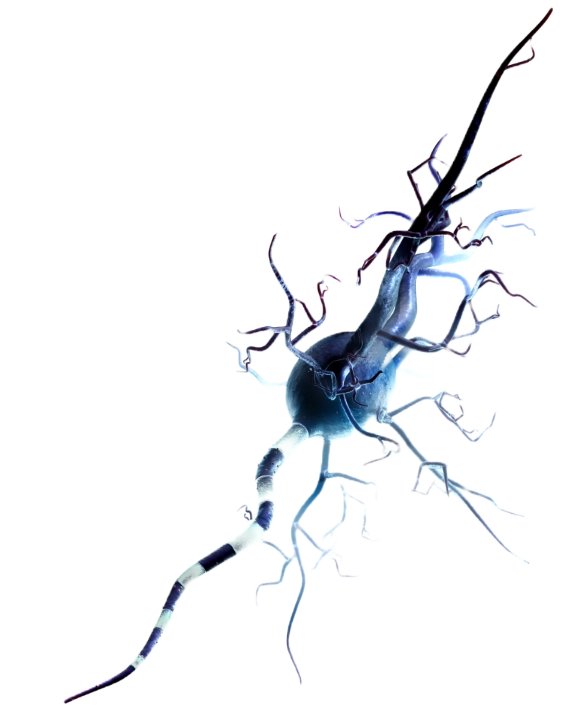TDP-43
Why TDP-43 Biomarkers Are Crucial for Early Detection of Neurodegenerative Diseases
Early detection of neurodegenerative diseases is not merely a desirable goal; it is a critical necessity. The insidious nature of neurodegenerative diseases means they often progress silently for years before overt symptoms manifest. By the time clinical signs become apparent, significant neuronal damage has already occurred. This underscores the critical importance of identifying sensitive biomarkers that can detect the subtle, early changes associated with disease onset. This early detection window is crucial for maximizing the effectiveness of future disease-modifying therapies.
Introducing TDP-43
TDP-43 has emerged as a key player in the pathogenesis of several neurodegenerative diseases. While initially recognized for its prominent role in ALS, research has revealed its involvement in a surprisingly broad spectrum of conditions, including a substantial proportion of AD cases and even some forms of PD. This makes TDP-43 a particularly valuable target for biomarker discovery. The potential to develop diagnostic tools based on TDP-43 could revolutionize our approach to neurodegenerative diseases, enabling earlier and more accurate diagnoses.
The Promise of TDP-43 Biomarkers for Proactive Diagnosis
TDP-43 biomarkers hold the promise of shifting the paradigm of neurodegenerative disease diagnosis from reactive to proactive. Imagine a future where a simple blood test could reveal the earliest signs of these diseases, years before debilitating symptoms emerge. This early detection would allow for timely intervention, potentially slowing disease progression and significantly improving patient outcomes.
TDP-43's Essential Role in Cellular Function
TDP-43 is a master regulator of RNA metabolism, influencing gene expression through RNA splicing, stability, and transport. It plays a crucial role in maintaining cellular homeostasis and ensuring the proper functioning of neuronal cells. TDP-43 regulates RNA splicing, the process of removing non-coding regions from RNA molecules to generate functional proteins. This precise control over gene expression is essential for neuronal health and function.
The Role of Phosphorylated TDP-43 in Disease Activity
Phosphorylated TDP-43 (pTDP-43) is a specific pathological form of TDP-43 often found in disease. It is a key target for biomarker development, as its presence may correlate with disease activity and severity.
TDP-43 Proteinopathies
TDP-43 proteinopathies are characterized by the aggregation and mislocalization of TDP-43 proteins. These aggregates, often found in the cytoplasm of affected neurons (cytoplasmic TDP-43), disrupt cellular processes and contribute to neuronal death.
Cytoplasmic TDP-43
The presence of TDP-43 in the cytoplasm, where it shouldn't be, is a key pathological hallmark of TDP-43 proteinopathies. This mislocalization disrupts essential cellular functions and contributes to neuronal dysfunction.
Pathological TDP-43 Aggregates
The formation of pathological TDP-43 aggregates is a central feature of TDP-43 proteinopathies. These aggregates, often composed of misfolded and hyperphosphorylated TDP-43, can be toxic to neurons and contribute to their demise.
The Biomarker Hunt: Shifting Detection from Late to Early Stages
Current diagnostic methods for neurodegenerative diseases often rely on clinical symptoms, which appear late in the disease course. This delay hinders early intervention and limits treatment options. Distinguishing between different neurodegenerative diseases in their early stages can be challenging due to overlapping symptoms. Specific biomarkers, like those targeting TDP-43, could help improve diagnostic accuracy.
Cerebrospinal Fluid Biomarkers
TDP-43 fragments and misfolded forms in CSF
TDP-43 in the Bloodstream
Biofluids for Early Detection
Biofluids for Early Detection
*Reflect biochemical changes associated with brain pathologies
Cerebrospinal Fluid Biomarkers
*Rich with substances that can be used to assess the biochemical environment of the central nervous system
TDP-43 in the Bloodstream
*Detecting TDP-43 within the bloodstream by isolating extracellular vesicles or tracing protein-bound aggregates
TDP-43 Fragments and Misfolded Forms in CSF
*Examination of CSF for TDP-43 fragments and their misfolded counterparts to detail underlying disease mechanisms and progression.
our work
NDE-associated TDP-43: a biomarker for identifying ALS
ROC curve of TDP-43+additional biomarker, sporadic ALS












